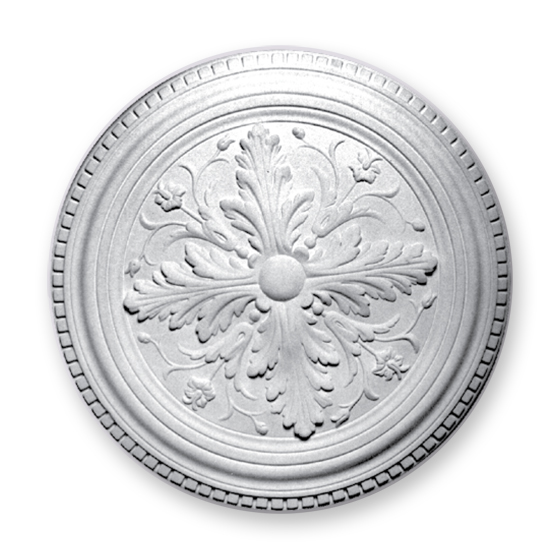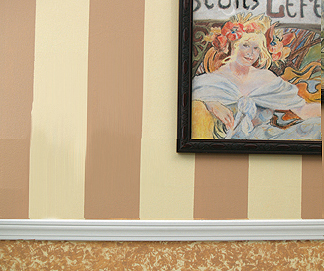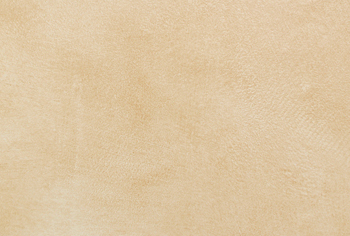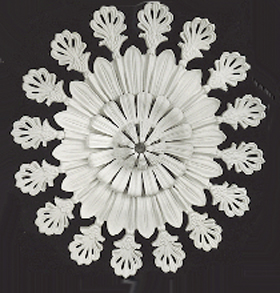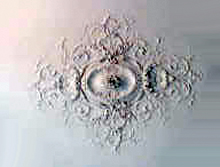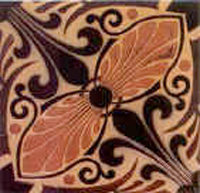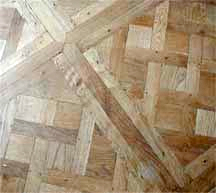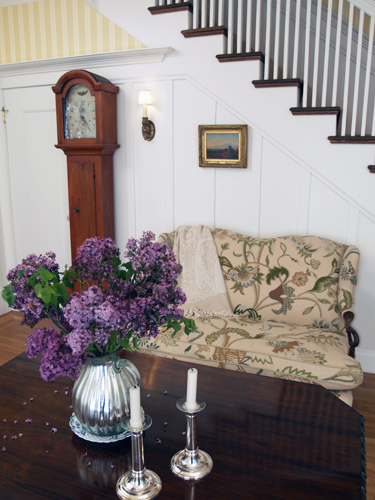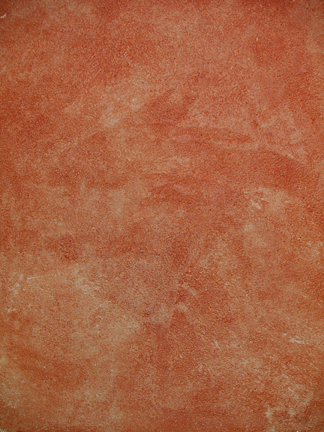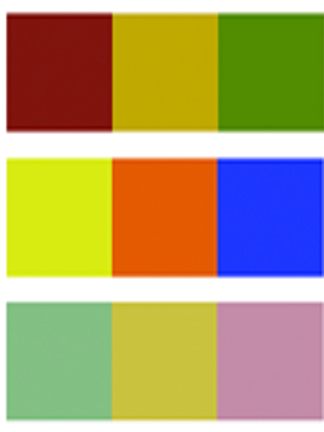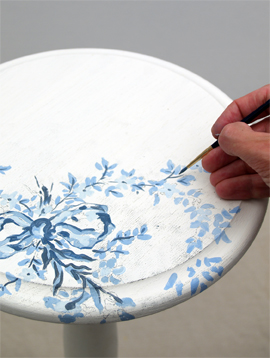Edwardian Style
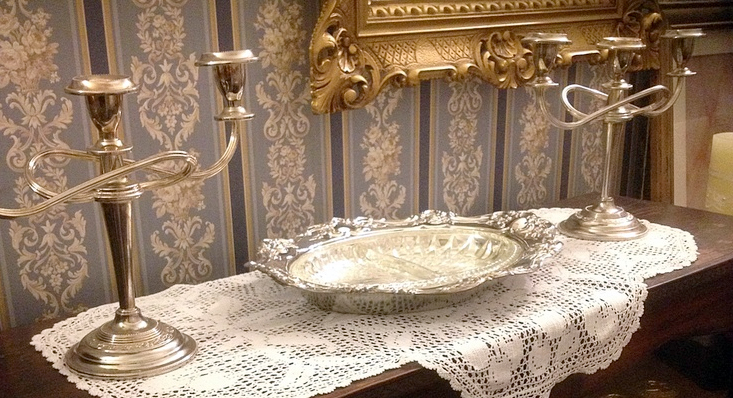
When Edward VII ascended the throne in 1901, the English-speaking world was ready for the dawning of a new century -- and a new age in interior design. It was time to jettison the dark, heavy clutter of the Victorian era for something lighter, freer, and altogether more exuberant.
Early twentieth-century architecture was eclectic, so much so that in England, some militated for a unified national building style. The Edwardians resurrected elements of Georgian, Medieval, and Tudor style, constructing everything from quaint cottages to columned neoclassical townhouses.
Light, air and simplicity of detail were the unifying principles of this mix-and-match revivalism. Colors were fresher than during the Victorian era: pastel blues, lilacs, leaf green, muted yellows, pearl gray. Floral fabrics and wallpaper were complemented by the liberal use of fresh flowers in informal arrangements. Along with Sheraton, Chippendale, Queen Anne and even Baroque reproduction furniture, wicker and bamboo began to be widely used, adding further delicacy to the style.
Edwardian Style architectural details and ornamentation!
Ceiling medallions, cornices and moldings. Authentic Period and Historic Home architectural ornamentation. All crafted in genuine plaster. For commercial and residential environments.
Art Nouveau added a modern, original flavor to the period's historicism. Taking their inspiration directly from nature, rather than from the past, Art Nouveau designers adorned a vast array of ordinary household objects with stylized flowers, vines, leaves, birds, dragonflies. An Edwardian interior would not be complete without a Tiffany lamp, an Art Nouveau clock, or perhaps a graceful, high-backed black lacquer chair after the fashion of Charles Rennie Mackintosh. Other possibilities: Beardsley drawings, iridescent art glass, Silver frames with botanical motifs, or even a few peacock feathers artfully displayed.
Special Feature
Painted Stripes
Smart, bold and uplifting, striped walls can quickly transform a modest room into an exciting environment. From elegant and formal to casual and comfortable, the painted stripe offers a variety of design solutions and can be quickly adapted to your interior style. Because of the linear quality of this application rooms tend to feel larger. It works well in entrance foyers, living rooms, dining rooms and bath areas.
Antiquing Video Tutorial
Turn ordinary objects into heirlooms! Creating the 'Classic Antique' glaze finish for objects, furniture, walls and more. This detailed step-by-step tutorial shows how to mix the right colors to create the perfect antiquing solution for any object, furniture, picture frame and more.
Stencil Brush 432
Stencil Brush Stencil brushes are special brushes with short firm bristles. When used properly they distribute a thin and even layer of paint. This reduces the chance of getting paint under the edge of the stencil. Made in Germany
Elements of Edwardian Style
Rustic earth tones
Vibrant, colorful patterns underlie this design style.
Feature tutorial.
The Parchment colorwash. Creating the impression of aged walls, the Parchment finish evokes a feeling of history and old world charm. The color density varies over the finished surface and creates appearances of lightly mottled parchment. A soft and airy finish, the Parchment glaze is an ideal way to create mood and character in any room. I’ve found it to be an ideal solution for finishing irregular or textured wall surfaces.
Bold colored walls
The use of rich, deep color tones on walls. like dark red and forest green, bacame popular with this style.
Feature tutorial. The 'Stenciling'. The Decorative effect Stenciling, traces its roots as far back as Egyptian times, and has surged in popularity during various periods of history. Henry III used stenciled patterns, often with gold powders, in star shapes. William Morris and William Burges often used stencils in interior designs schemes. Folk art techniques, both on furniture and walls, have taken stenciling from a simple pattern repeat, to sophisticated and colorful design elements, rich with story lines and decorative symbolism.
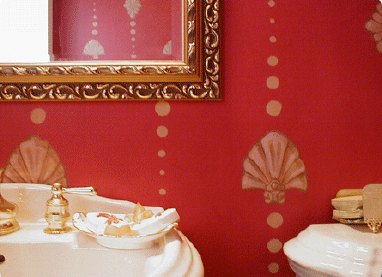
Edwardian Style Inspirations
Ornamentation:
The interiors were rich and exciting. Entering into a home you could enjoy decorative plaster moldings or cornices. Intricately patterned friezes, ceiling medallions, even mirror frames were highly embellished. Wonderfully turned balusters to support your stair railing reminds us of the grand entrance.
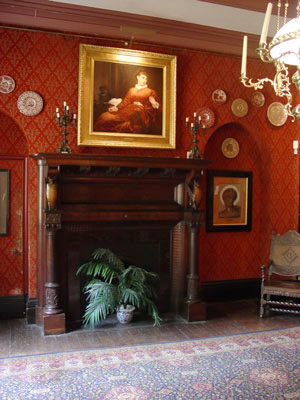
Parquet floors might call for our attention as well as inlayed wood patterns or painted/stenciled borders. Rich carpets were freely used.
Tiles:
Tile was not overlooked and early linoleum found it’s start in this era. The decorative elements of the home might begin with color. With stronger, darker colors becoming more fashionable by the second half of the 19th century.
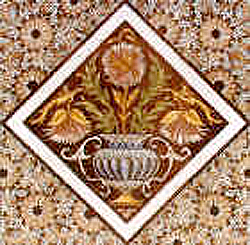
Decorative finishes
Decorative paint finishes can be seen liberally. Graining, marbling, gilding, distressed lacquer-red walls contrast marble fireplace. Influences from around the world become prevalent with animal prints being very popular in the Victorian home.
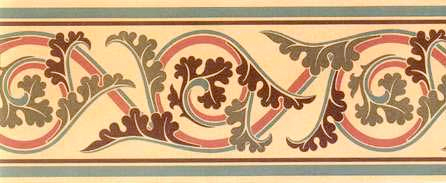
Textiles and prints:
Because of the new revolution in mass production methods the textile industry flourished with developments such as the power-loom weaving and machine-printing. Richly textured and colored, often finding elaborate floral designs. Heavier fabrics such as Velvet became more common. Wallpaper became a source of decorating.
William Morris and his studio became leading examples fro these new styles. Paisley prints abound. Asian/Indian influences in fabrics and furnishings mark a distinct style in the Victorian era known as Japonisme
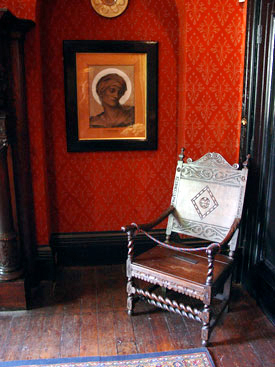
Furniture:
Large Armoires. Styles varied greatly, often ‘reviving’ older styles. Couches and sofas become quite plump, with soft upholstery. A heavy pedestal mahogany dining table might be found, exemplifying a growing feeling that solid, weighty furniture reinforces the wealth and status of the home owner. Butler trays and side tables help fill unused spaces. Collections of all kinds become popular, from Straffordshire figurines to doll houses to china-ware.
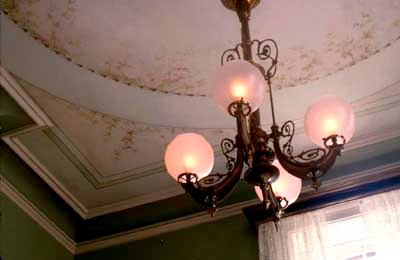
Lighting:
Lighting fixtures, iron chandeliers and wonderfully shaped shades for the many table and standing lamps become a renewed source of interest, with artisans such as Tiffany and his workshop creating wonderful stained glass lamps and other decorative objects. China and dishware find a new resurgence, showing off wonderful patterns and intricate details.
Early American Style
Colonial Amercians drew inspriation from their European heritage. Curent design styles would filter across the ocean and become reinventedin early America. Proportion and scale took reign over ornementation, A neutral color palette of grey blue, greens and rose pinks is readily apparent.
Stucco Rustico - Aged Plaster
Stucco Rustico is a Traditional interior and exterior textured plaster that epitomizes the rustic old world charm commonly associated with Tuscan environments. I love this treatment for its ease of application and the natural, organic glazed appearance that results when using mineral based plasters and glazes. Whether a rough application or a smooth finish, this treatment holds true to the test of time and, in fact, feels as if time itself stopped to wash the walls personally.
The Rustic Color Palette
The Rustic Style color palette falls within a distinct range of color tones and is essential in creating a successful Rustic interior. By using the appropriate color tones you can create a variety of design styles ranging from Period and Historic, regional or thematic. Color helps define our experiences within an interior and exterior environment. It affects us on a physical, emotional, and spiritual level and can be calming and passive, expressive and vital.
Painted Floral Details
Floral patterns used as accents in fabrics and furniture are common place details in the English Country home. These graceful and organic patterns complement the cozy interior of this style and work particularly well with lace window treatments, an heirloom tea service set and the natural and rustic charm of wooden ceiling beams and slightly irregularly textured walls.

